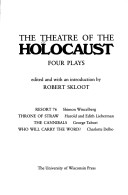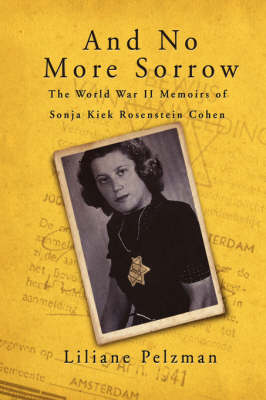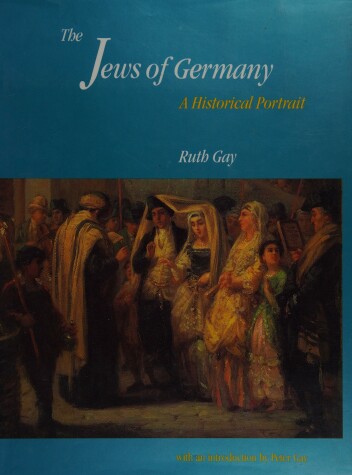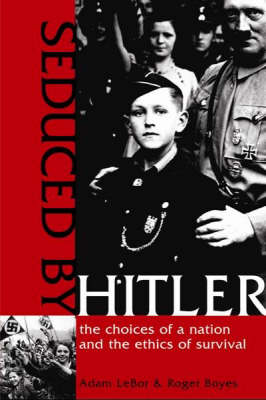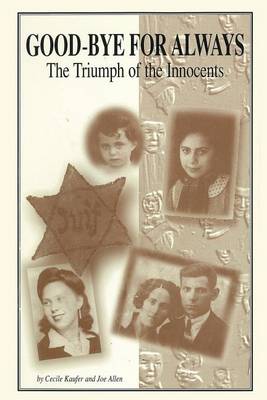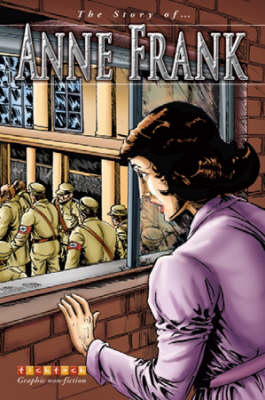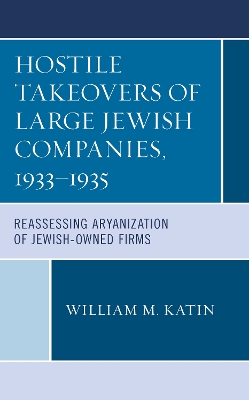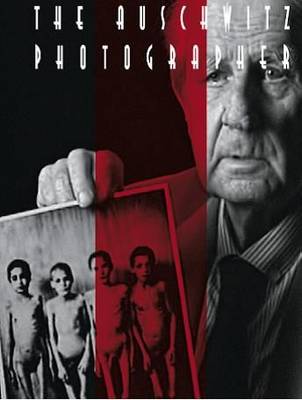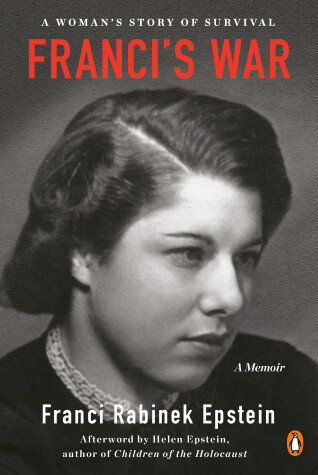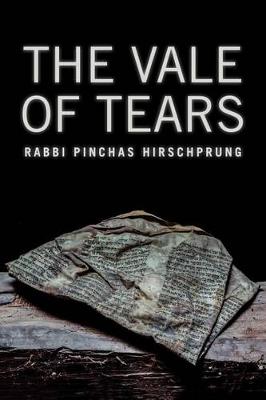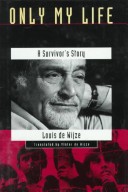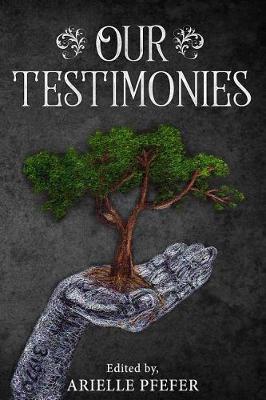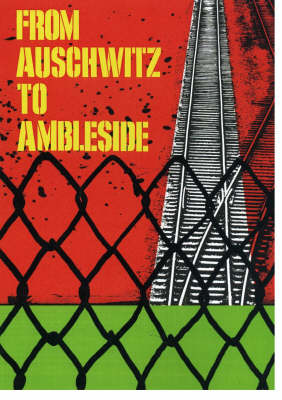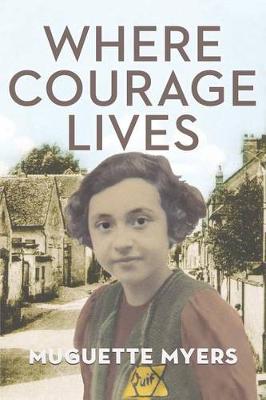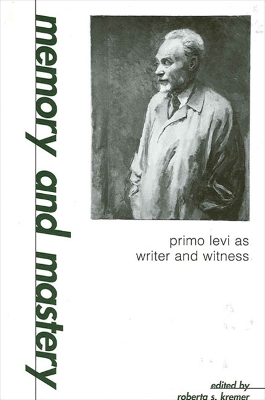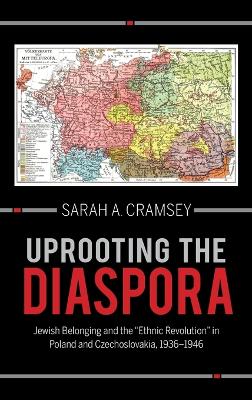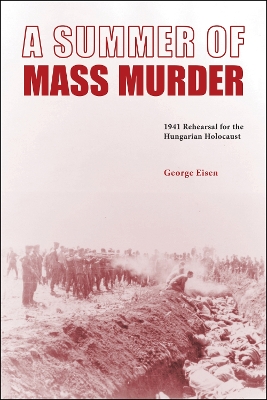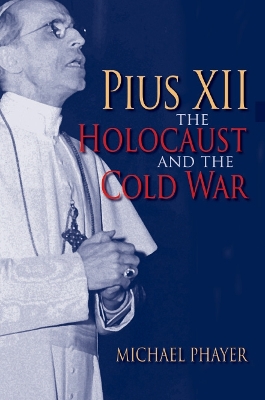The Theatre of the Holocaust
This book provides a panoramic overview of a now extinct culture: the 1500-year history of the Jews in Germany. Through texts, pictures and contemporary accounts, it follows the German Jews from their first settlements on the Rhine in the fourth century to the destruction of the community in World War II. Using both voices and images of the past the book reveals how the German Jews looked, how they lived, what they thought about, and what others thought of them. Ruth Gay's text, interwoven with...
Nation on Trial: the Goldhagen Thesis and Historical Truth
by FINKELSTEIN
In this book, the famous story of one young Jewish girl's experience of the Holocaust is brought to life. Anne Frank's early life is happy and comfortable, but in 1930's Europe, Germany's political and economical problems lead to the rise of the Nazis and the eventual persecution on Jews. Anne and her family were living in Amsterdam when Germany invaded the Netherlands early in WWII. Persecution of Jewish people came to Amsterdam and the Franks were forced into hiding to avoid arrest, simply for...
Hostile Takeovers revises current understanding of how German-Jewish companies were cheaply purchased. This book argues that banks earned fees by recalling loans from large Jewish firms and providing funds to non-Nazi businessmen. Because of the right-wing orientation of the courts, the original proprietors weren't defended by the law. As a bottom-up process, this 1933-1935 activity occurred due to anti-Semitism, whereas scholarship focus on the top-down elimination of smaller Jewish firms in 19...
The engrossing memoir of a spirited and glamorous young fashion designer who survived World War ll, with an afterword by her daughter, Helen Epstein. In the summer of 1942, twenty-two year-old Franci Rabinek--designated a Jew by the Nazi racial laws--arrived at Terezin, a concentration camp and ghetto forty miles north of her home in Prague. It would be the beginning of her three-year journey from Terezin to the Czech family camp in Auschwitz-Birkenau, to the slave labor camps in Hamburg, and B...
Nazi Hunter: The Wiesenthal File (History and Politics)
by Alan Levy
The Vale of Tears (The Azrieli Holocaust Survivor Memoirs, #42)
by Rabbi Pinchas Hirschprung
Where Courage Lives (The Azrieli Holocaust Survivor Memoirs, #34)
by Muguette Myers
Memory and Mastery (SUNY series in Modern Jewish Literature and Culture)
Uprooting the Diaspora (Modern Jewish Experience)
by Visiting Assistant Professor Sarah A Cramsey
In Uprooting the Diaspora, Sarah Cramsey explores a new interpretation of the evolution of the idea of a Jewish homeland in Palestine, as well as the position that Jewish citizens occupied in the political discourse in Poland and Czechoslovakia before the outbreak of World War Two and just after the Holocaust. She asks, how did the sense of Jewish belonging shift from diaspora countries to a single, shared nation? Rather than detailing the destruction of Jewish communities and the decision of t...
Most accounts of the Holocaust focus on trainloads of prisoners speeding toward Auschwitz, with its chimneys belching smoke and flames, in the summer of 1944. This book provides a hitherto untold chapter of the Holocaust by exploring a prequel to the gas chambers: the face-to-face mass murder of Jews in Galicia by bullets. The summer of 1941 ushered in a chain of events that had no precedent in the rapidly unfolding history of World War II and the Holocaust. In six weeks, more than twenty thousa...
Using newly available material from the U.S. National Archives, Michael Phayer sheds new light on the actions of the Vatican and of the man whom some have mistakenly called "Hitler's Pope." As a new world war loomed, the Vatican believed it had to make a choice between communism and Nazism. Reluctantly, both Pius XII and his predecessor chose the Nazis as the lesser of two evils. In the balance rested the genocide of European Jews. As difficult as his wartime behavior is to accept, perhaps nothi...
